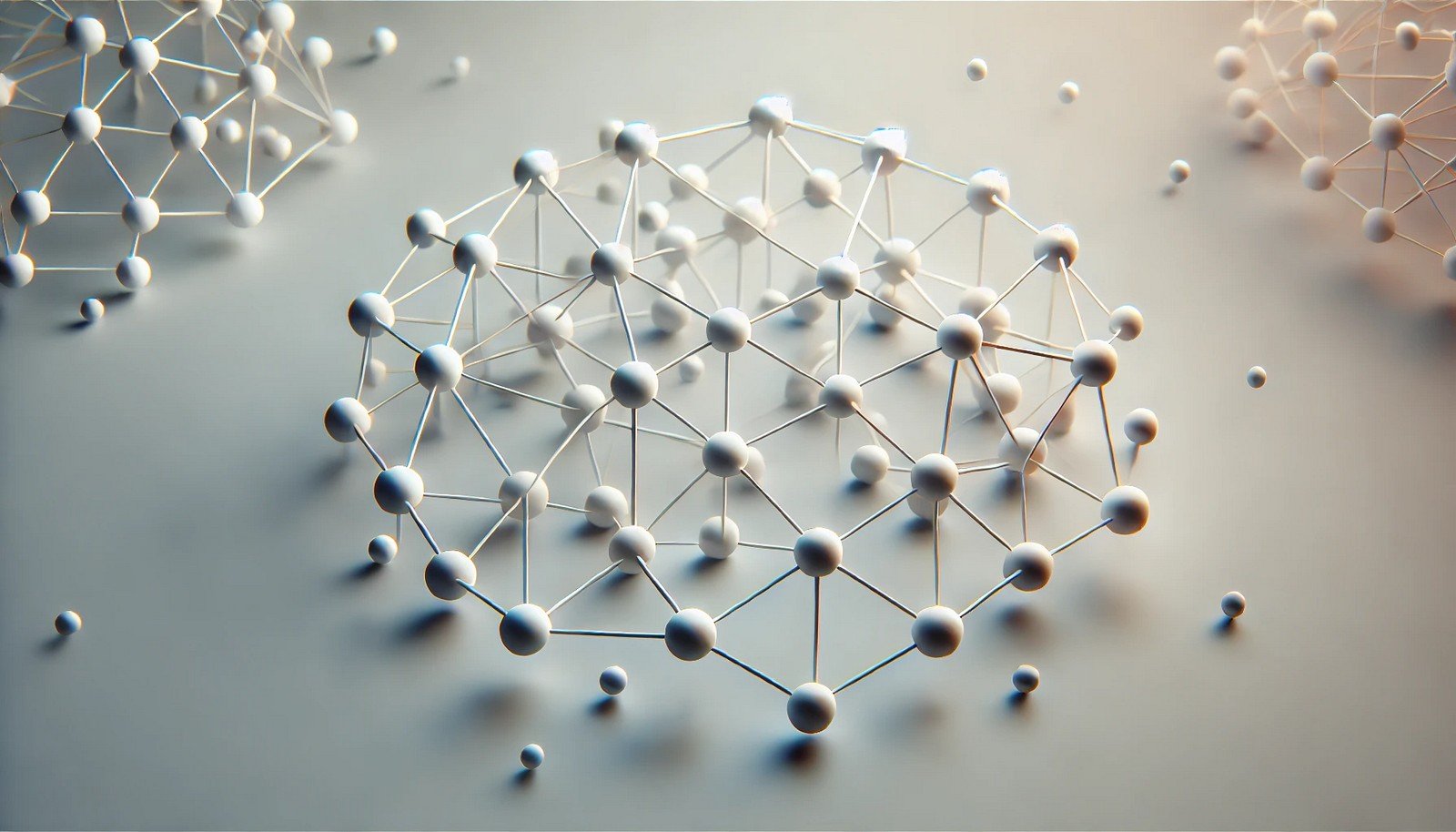Graph Neural Networks (GNN)

Quick Navigation:
- Graph Neural Networks Definition
- Graph Neural Networks Explained Easy
- Graph Neural Networks Origin
- Graph Neural Networks Etymology
- Graph Neural Networks Usage Trends
- Graph Neural Networks Usage
- Graph Neural Networks Examples in Context
- Graph Neural Networks FAQ
- Graph Neural Networks Related Words
Graph Neural Networks Definition
Graph Neural Networks (GNNs) are a class of neural networks designed to process data structured as graphs, where data points are nodes, and connections between them are edges. GNNs learn to represent graph-based data by capturing dependencies and relationships across the nodes and edges, making them effective for tasks like social network analysis, molecule classification, and recommendation systems. They operate by aggregating and transforming information from neighboring nodes and are foundational in fields like network analysis, bioinformatics, and communication networks.
Graph Neural Networks Explained Easy
Imagine you have a map with cities connected by roads. Each city has its own information, and the roads represent connections between them. A Graph Neural Network is like a system that can look at each city and its connected roads to make predictions or understand the relationships in a connected way, like predicting traffic or understanding how cities influence each other.
Graph Neural Networks Origin
The concept of GNNs originated from the need to process graph-structured data, a natural fit for applications that require understanding connections, such as social networks and biological processes. GNNs have evolved over time, becoming more prominent with advancements in deep learning and the rise of large-scale networked data in recent years.
Graph Neural Networks Etymology
The term “Graph Neural Networks” reflects the combination of graph theory and neural networks, describing a model structure where relationships among data points (nodes) are considered within a network or graph format.
Graph Neural Networks Usage Trends
Graph Neural Networks have seen increased popularity in recent years, particularly in social media, biological research, and recommendation engines, as they offer robust ways to analyze interconnected data. As the availability of graph-based data grows, GNNs are gaining traction in applications that benefit from relational data structures, including molecular biology, financial forecasting, and network security.
Graph Neural Networks Usage
- Formal/Technical Tagging:
- Graph Theory
- Neural Networks
- Deep Learning - Typical Collocations:
- "graph neural network model"
- "node embedding with GNN"
- "GNN for molecular data analysis"
Graph Neural Networks Examples in Context
- Social media platforms use GNNs to understand how users interact and recommend content based on user connections.
- In bioinformatics, GNNs help classify molecules by analyzing relationships between atoms in molecular structures.
- E-commerce companies apply GNNs to create product recommendations based on user behavior and purchase networks.
Graph Neural Networks FAQ
- What is a Graph Neural Network?
A Graph Neural Network (GNN) is a neural network model that works on data represented as graphs, focusing on nodes and their connections. - How does a GNN work?
A GNN operates by aggregating information from a node's neighbors and combining it to understand relationships and make predictions. - Where are GNNs used?
GNNs are widely used in social network analysis, bioinformatics, recommendation engines, and network security. - How is a GNN different from a traditional neural network?
Traditional neural networks work on fixed data structures, while GNNs are designed for graph-based data where relationships are important. - What is node embedding in GNN?
Node embedding is a technique in GNNs to represent nodes in a low-dimensional space to capture relationships within the graph. - Can GNNs be used for image recognition?
GNNs are generally not used for image recognition but are suitable for tasks requiring relational data, like molecular or network analysis. - What challenges do GNNs face?
Challenges include computational complexity with large graphs and difficulties in capturing long-range dependencies. - Are GNNs suitable for real-time applications?
Some optimized GNNs can work in real-time, but scalability can be a challenge in very large graphs. - What are the types of GNNs?
Types include Graph Convolutional Networks (GCNs), Graph Attention Networks (GATs), and GraphSAGE, each with unique ways of processing graph data. - Why are GNNs important in bioinformatics?
GNNs can model complex relationships in biological data, helping to identify molecular structures and understand protein interactions.
Graph Neural Networks Related Words
- Categories/Topics:
- Graph Theory
- Deep Learning
- Network Analysis
Did you know?
Graph Neural Networks play a critical role in drug discovery, where they help identify potential drug molecules by analyzing relationships between atoms in molecular graphs, accelerating the discovery process and enhancing precision in finding therapeutic candidates.
PicDictionary.com is an online dictionary in pictures. If you have questions or suggestions, please reach out to us on WhatsApp or Twitter.Authors | Arjun Vishnu | @ArjunAndVishnu

I am Vishnu. I like AI, Linux, Single Board Computers, and Cloud Computing. I create the web & video content, and I also write for popular websites.
My younger brother, Arjun handles image & video editing. Together, we run a YouTube Channel that's focused on reviewing gadgets and explaining technology.



Comments powered by CComment